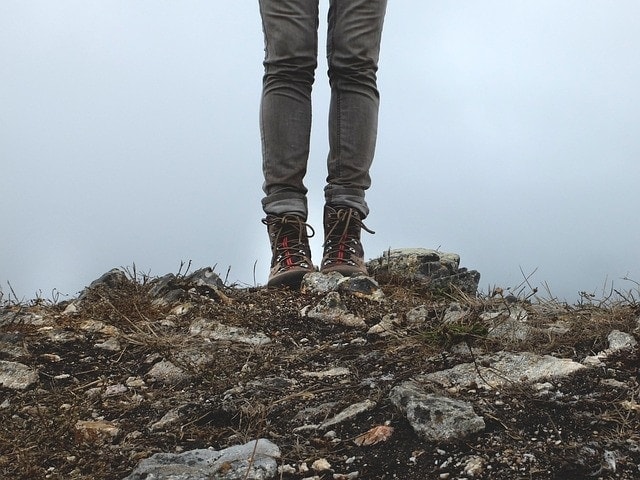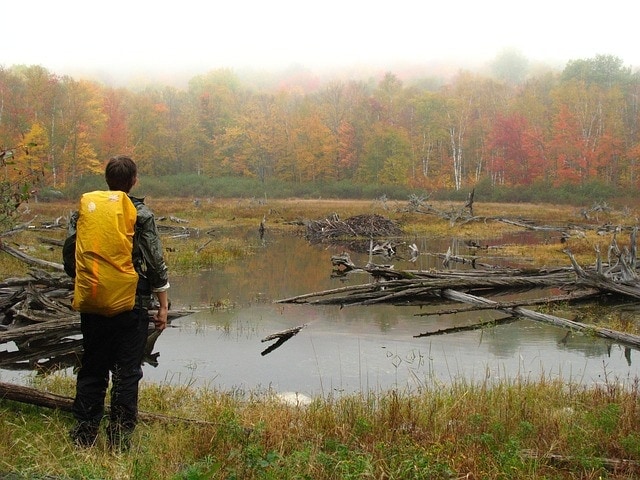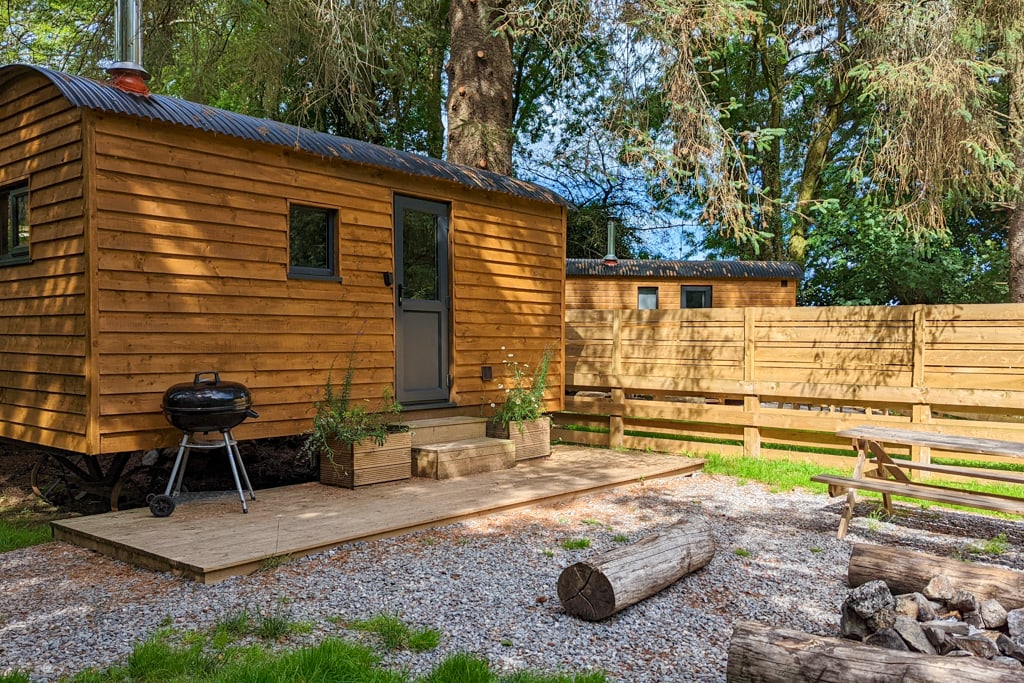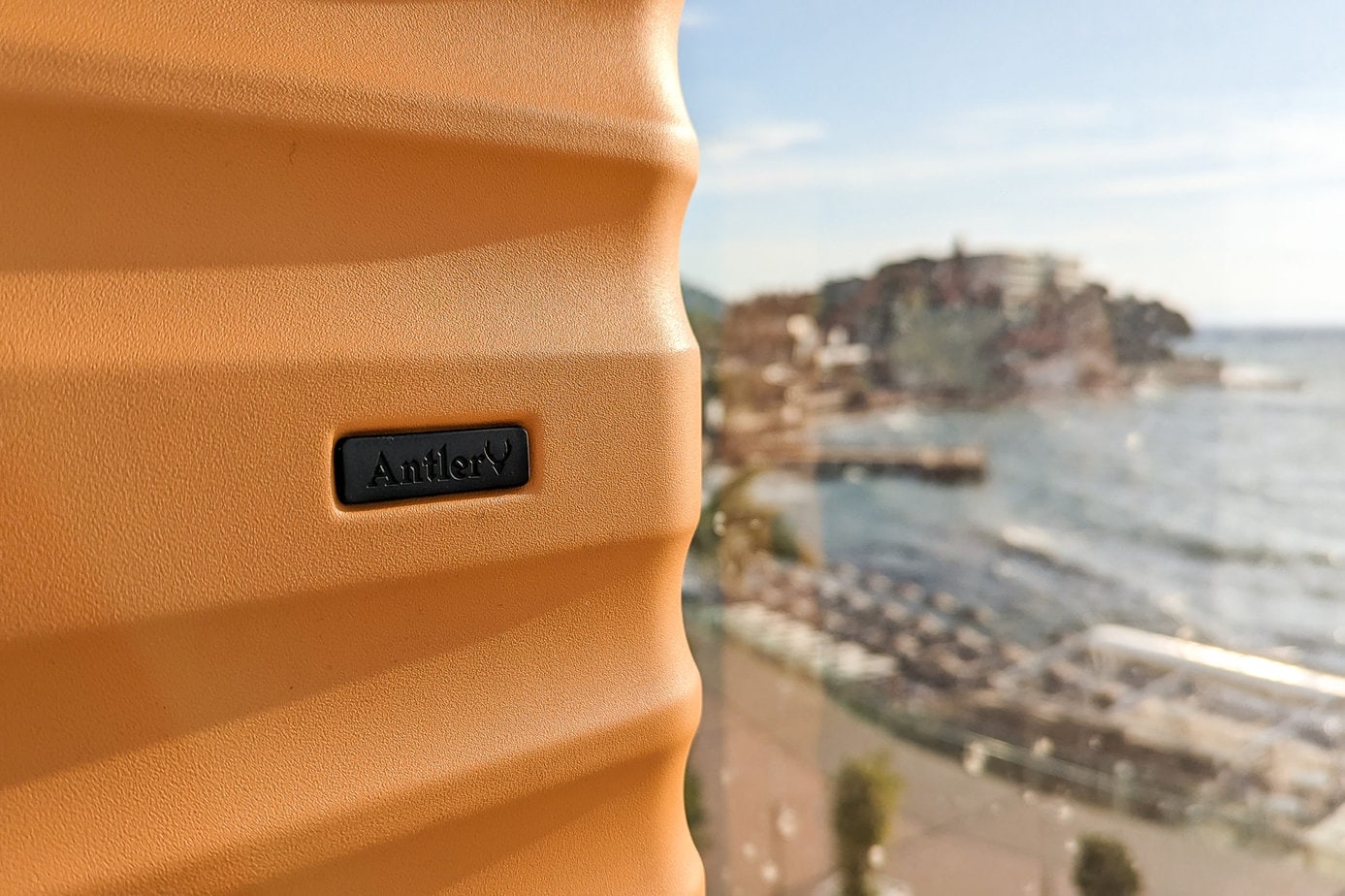Some posts on this site contain affiliate links. If you book or buy something through these links, I earn a small commission (at no extra cost to you). Take a look at my privacy policy for more information.
It’s that time again, and as I start packing for another trip I thought it might be helpful to share my top packing tips with you all. When you’re heading on a long trip with just a backpack to contain a year’s worth of your life, every cubic millimetre of space in your luggage counts, but long-term travel can be one of the hardest things to pack for.
What to Pack for Long Term Travel
Obviously, everyone is different, and everyone will need different things for their trip. Some people will hike lots, and need walking gear and decent shoes, while others may never set foot outside of the cities. Some people take running shoes or yoga mats to keep up their exercise routine – something that I’d never consider! – while still others will consider beauty products or hair straighteners far more important than outdoor equipment.
Packing lists vary from trip to trip, depending on destination or travel style, so these tips are pretty general. But, they should give you an idea of how to trim the fat and only take what you really need. Remember, you’ll be carrying everything you take on your own back – so only take the travel gear you really need.
Footwear
I only take three pairs of shoes with me, and that should be all you need for most trips. One pair of sturdy trainers or walking shoes (or walking boots if you’re planning some serious hiking or mountain climbing); one pair of comfortable pumps, plimsolls or lightweight trainers like Converse; and one pair of flip flops, should be enough to keep you going through any length of trip.
Remember, you can replace shoes or flip flops if they get worn (or if you get bored of them). Shoes are among the bulkiest and heaviest items you can pack, so take as few as possible.
READ MORE: Comfortable and Lightweight Flip Flops for Travellers
Clothing
This can be trickier, since it really depends on where you’re heading, what climates you’ll experience, and what you’ll be doing. Take enough underwear for two weeks, and enough clothing for about 7-10 outfits, and you shouldn’t have to do laundry more than once a fortnight.
For warm weather, the following basic packing list should be enough to work from: two pairs of shorts, seven t-shirts/vests, comfortable trousers or chinos for cooler evenings (leggings or harem pants work well), one cardigan or shirt, one pair of lightweight walking trousers (preferably ones that zip off into shorts, like the Mountain Warehouse trekking trousers I reviewed recently) and one rain jacket. Girls can swap out one or two t-shirts for dresses if preferred.
For colder weather, swap the shorts for trousers and a couple of t-shirts for long sleeved tops, and add one or two jumpers or hoodies, plus any accessories like a hat, scarf and gloves.
Toiletries
If you travel with a partner or friends, consider sharing toiletries so that you can also share the weight! Take smaller toiletries and replace them more frequently, as large bottles can add up to a really heavy backpack. Try to travel with the bare minimum: I only take a small moisturiser, shampoo and conditioner, toothpaste, deodorant and shower-gel.
Suncream and aftersun are of course very important in hot countries, but that really should be it. Be strict with yourself: do you really need make up and nail polish? Do you really want to carry your straighteners? You’ll probably find that you hardly ever bother with them – it’s time consuming, and adds a lot of extra weight to your luggage.
Check out my 6 piece travel makeup kit for a lightweight set that won’t take up too much room in your luggage.
Everything else
Just try to minimise all the extras in your pack. Ask yourself, do I really need this? Will I use it more than once? If the answer is yes, make space for it, but if not leave it behind. Try to avoid taking too much tech, too, as not only does this take up space but it also makes you a target for thieves – don’t take a laptop unless you need it for work!
Also, try to find ways to kill two birds with one lightweight item, for example, I always take a light cotton scarf with me that also doubles as a skirt, a lightweight towel on the beach, something to keep my arms warm in the evening or cover my shoulders in temples, and even, once, came in handy as a bandage for a very nasty cut on my foot.
It can seem scary to leave with so little in your backpack, but don’t forget – if you realise that you do need something after all, you can always buy it whilst your out there. And you don’t want to carry a huge weight on your back.
Space Savers
Fortunately, there are loads of packing solutions out there designed to save space and weight in any luggage. These are a couple of my favourites:
Travel Towel
One of the bulkiest items you can pack is your towel. No matter how you fold it, roll it, or stuff it, a towel always seems to take up a lot of space. Instead, take a travel towel, like the PackTowl Personal Towel.
The XXL size is the same size as a normal bath towel, but it weighs just 10.5 ounces and folds down to much less than half the size of my beach towel. Travel towels are made from lightweight microfibre materials, which not only means they’re much smaller than normal towels but also that they dry much faster. My PackTowl, which I wholeheartedly recommend, dries in less than 20 minutes, and the Antimicrobial Treatment stops it getting smelly over frequent use. For more info, check out my review of the Pack Towl.
Inflatable Pillow
Some people may argue that a pillow is a luxury item you can do without, but I disagree. I used mine on night buses, whilst camping in Tayrona Park, in cheap hostels where the pillows were unclean or uncomfy… even as a seat on the floor on occasion. To save on space, though, I opted for a very clever inflatable pillow from Lifeventure, which hardly took up any space and inflated in a few seconds.
How to Pack for Long Term Travel – ORGANISING!
My top tip for making the most of every inch of space in your luggage is to use packing cubes. Personally, I like the eBags Packing Cubes, because they’re super lightweight and come in a fun range of colours. Living out of a backpack for months on end can be a pain, especially when you’re getting dressed in a hurry and all your socks have wriggled down to the very bottom of the pack again.
Packing cubes are sort of like a portable set of drawers; you can stuff them full of your clothes and underwear – or any other small items you need to keep together – and get the whole cube out when you need to find something. It genuinely makes life on the road a ton easier. Want more information? Read my eBags Packing Cubes review.
On top of the packing cubes, I also like to use compression bags like the Lifeventure Compression Stuff Sacks. They’re simply cylindrical bags made from a very lightweight, durable material, which can be stuffed full of bulky material items like jumpers, towels or blankets, and then compressed using the straps around the outside of the sacks. I use one to carry my dirty laundry so it takes up as little space as possible!
My last organisational tip is to keep all your cables, chargers and small electrical items organised with something like the brilliant Cable Management 10 from Think Tank Photo. Any small case will work, such as a zip-up pencil case, but the Cable Management 10 is particularly durable It also comes with cable ties to prevent things from getting tangled inside the case. I was constantly losing cables, especially my phone charger, inside my backpack, so this is a great way to keep everything in one place – and stop it getting damaged.
Things I Never Used
Just to give you an idea of things that seem important, but actually aren’t, here’s a list of things I took on my five-month trip to South America, and wish I left at home.
- Nail polish and remover (which I threw away after a few weeks).
- Foundation (likewise)
- First Aid Kit (mine was way too big! There’s no need to be prepared for every eventuality, just take some plasters, Immodium, a few pain killers and maybe some scissors.)
- Smart clothes. I thought I might need them for going to bars etc. I didn’t.
- Sleeping bag. In the end, I only used mine on overnight bus journeys – and a more lightweight blanket would have worked just as well.
- Mosquito Net. This is controversial, as in certain places you travel to a mosquito net is probably a necessity. I never even opened mine in South America; we were only staying in hostels and on the whole, we didn’t need one. Check before you travel if you’ll actually need one!
Do you have any packing tips for long term travel and backpacking? What did you pack that you wish you left at home? Let us know in the comments!







![16 of the Best Carry On Bags + Backpacks for Women [2024] a black suircase with rose cold zip on a cobbled street with trees behind, one of the best cabn bags for women](https://www.emilyluxton.co.uk/wp-content/uploads/2022/02/PXL_20220127_172110956-01-scaled.jpeg)
great post..have a wonderful & safe journey :)
Thank you
Good read, don’t the packing cubes add more weight and take up more space? I’ve always relied in trash bags which form to any shape but keep things dry.
Not really – they’re very light and they actually mean that my clothes take up less space in general. Keeps them all together and compresses them slightly! Also for me, the benefit is simply being able to organise my backpack, which is great when I’m traveling for a long time!
A very concise list! Thanks for sharing. Glad you’ve included stuff bags too – here’s what I think about them:
There is a thin line between order and chaos in a backpack, and the one thing that keeps the peace are stuff bags. These are basically bags that you tighten with a cord, and they’re worth their weight in gold. Get a different coloured stuff bag for your underwear, one for your shirts, pants, shoes, dirty clothes, knick knacks, electricals… That way when you need to quickly access something you’ll know exactly where to look and not have to rummage.
Great tips – colour coded organisation, I love it :)
Great tips, your photography is amazing on this blog!!
Thank you so much :)
great list – a lot more streamlined than my current one for my first foray into backpacking. I’m going to narrow it down asap. thanks! xx
Thank you! I need to revamp this post into more of a packing list as I’m sure that would be more helpful. Honestly though, just take as little as you can – you can live without almost everything you think you need, and your shoulders will thank you for a lighter backpack :)
I am planning on taking a longer trip 4 to 6 months. I know some guide books say take all these prescription drugs and like a million things up to and including like 4 boxes of condoms. Have you found getting meds prescription and non to be difficult? I am not planning a trip to Sub Saharan Africa. I am going to South East Asia.
I found you can get most prescription drugs quite easily in SE Asia, depending on the country obviously. And they’re generally much cheaper! I wouldn’t take masses with you on a trip, normally I’ll just pack a thing of motion sickness pills and maybe some diarrhoea relief, nothing else. As for condoms, you can definitely buy them everywhere, so I would only take a handful of those! You should find it pretty easy to pick up anything you need in pharmacies when you’re away, especially in larger cities. Hope that helps!